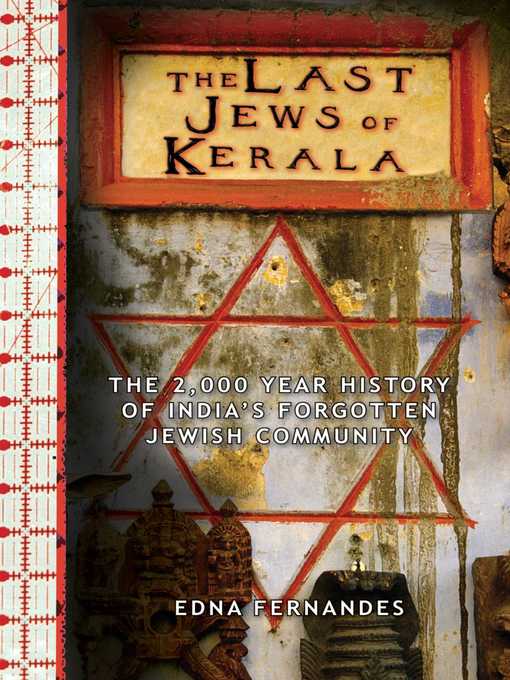
The Last Jews of Kerala
The Two Thousand Year History of India's Forgotten Jewish Community
کتاب های مرتبط
- اطلاعات
- نقد و بررسی
- دیدگاه کاربران
نقد و بررسی

May 26, 2008
Like many far-flung Jewish communities, the community in Kerala in southern India has dwindled to a mere 50 because of emigration since Israel's founding in 1948. British-Indian journalist Fernandes (Holy Warriors
) portrays today's Keralite Jews as she relates her efforts to learn their history. There are two groups of Keralite Jews: the “Black,” or Malabari, Jews, who trace their roots in India to at least A.D. 70, and the “White,” or Paradesi, Jews, who arrived later, perhaps during the Middle Ages. Fernandes doesn't sugarcoat the two groups' embattled relationship. The Paradesi Jews believed their lighter skin showed their racial purity, calling the darker-skinned Jews descendants of slave converts. As late as 1950, marriages between the two communities were highly controversial. Despite the intriguing story Fernandes tells, she keeps readers waiting too long to uncover the history, and she concludes with the story of one elderly Keralite who had moved to Israel decades earlier; disillusioned by the fast-paced, secular life there, he returns to India—an anomalous ending for a book about a community that has overwhelmingly moved in the other direction.

July 15, 2008
British Indian journalist Fernandes ("Holy Warriors") has a knack for locating little-known but intriguing subjects but doesn't always seem certain what to do with the result. This book sheds light on the near-invisible and tragically divided communities of "White" and "Black" Jews of Kerala in southwestern India. Their story, characterized by the bitterness unique to family quarrels, is one of racism and petty squabbling over primacy that extended through their years of impressive prosperity to their current dismal situation, as they have dwindled to a single synagogue and fewer than 50 souls, "White" and "Black" together. While fascinating, the book is less a history than an uneasy mixture of reportage, thin research, interviews, and impressions.
Copyright 2008 Library Journal, LLC Used with permission.

























دیدگاه کاربران